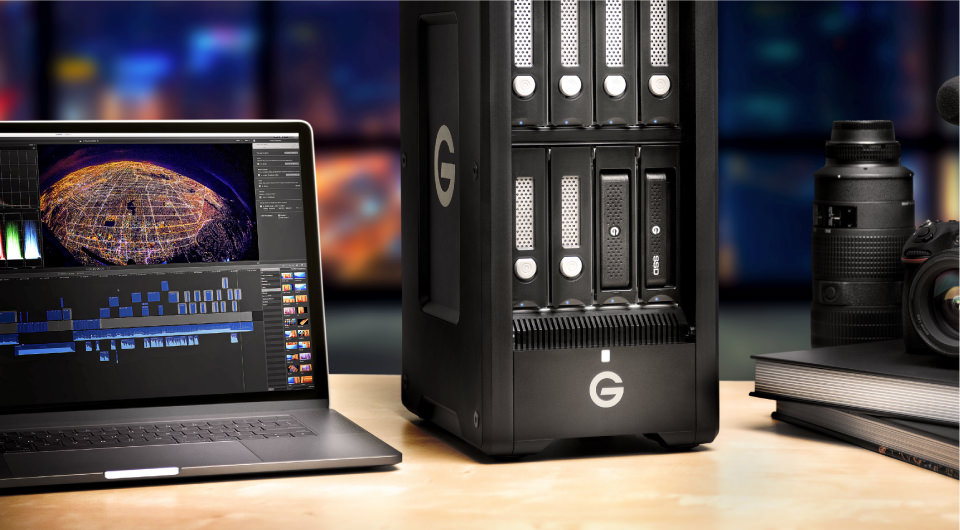Media Management On Set: Best Practices with the G-Speed Shuttle XL
By Jim Bask
From AbelCine
 Media management might seem like a boring topic. Which it is, until it isn’t. In the grand tradition of filmmaking — which is to say, giving a job with an incredibly high level of responsibility to one of the lowest paid positions on set (see: loader) — media management can be a great way to get on set, or at least near it if you’re starting out in the industry (even if that’s a “temporary offload location” set up inside an establishment whose name begin with “Star” and ends with “bucks”).
Media management might seem like a boring topic. Which it is, until it isn’t. In the grand tradition of filmmaking — which is to say, giving a job with an incredibly high level of responsibility to one of the lowest paid positions on set (see: loader) — media management can be a great way to get on set, or at least near it if you’re starting out in the industry (even if that’s a “temporary offload location” set up inside an establishment whose name begin with “Star” and ends with “bucks”).
Part of the Media Manager’s job is to make backing up camera media a boring task, one characterized by a total and complete lack of drama and requiring little to no interaction from other members of the camera department or larger crew. Let’s take this opportunity to review what we see as an established set of practices for media offload, handling and backup on set.
When working on set as a Media Manager, or DIT — though we like to think of a DIT’s purview as encompassing a broader, more interesting range of tasks — one of the most important things, other than actually making the backups themselves, is having a system that you and the camera assistants agree on to distinguish media that is ready to be formatted in the camera from media that has camera original footage on it that may or may not have been backed up. Some people use colored camera or gaffer’s tape for this (for example, red tape applied to cards that have not been backed up and green tape for cards that are OK to format). Others put nothing on the cards themselves, since tape or residue can foul a camera’s media bay, and use colored bins on opposite sides of a cart or table for this (i.e. a red bin on the left-hand side and a green bin on the right side). It doesn’t matter what system you use, as long as everyone agrees and there is no confusion….read more

